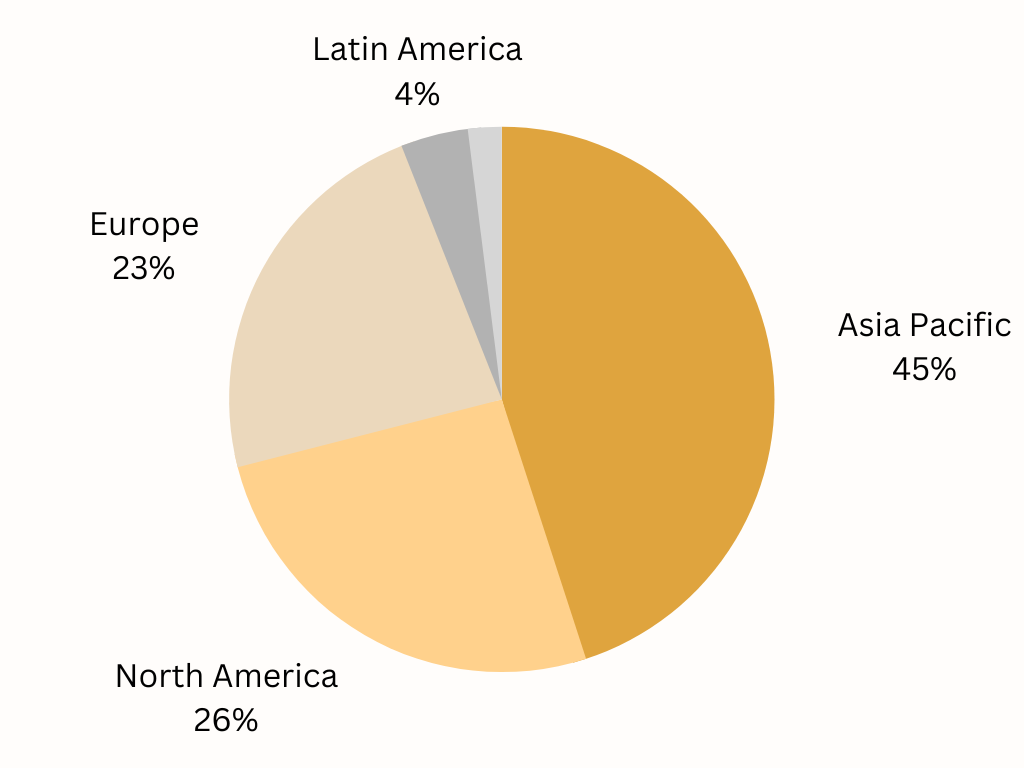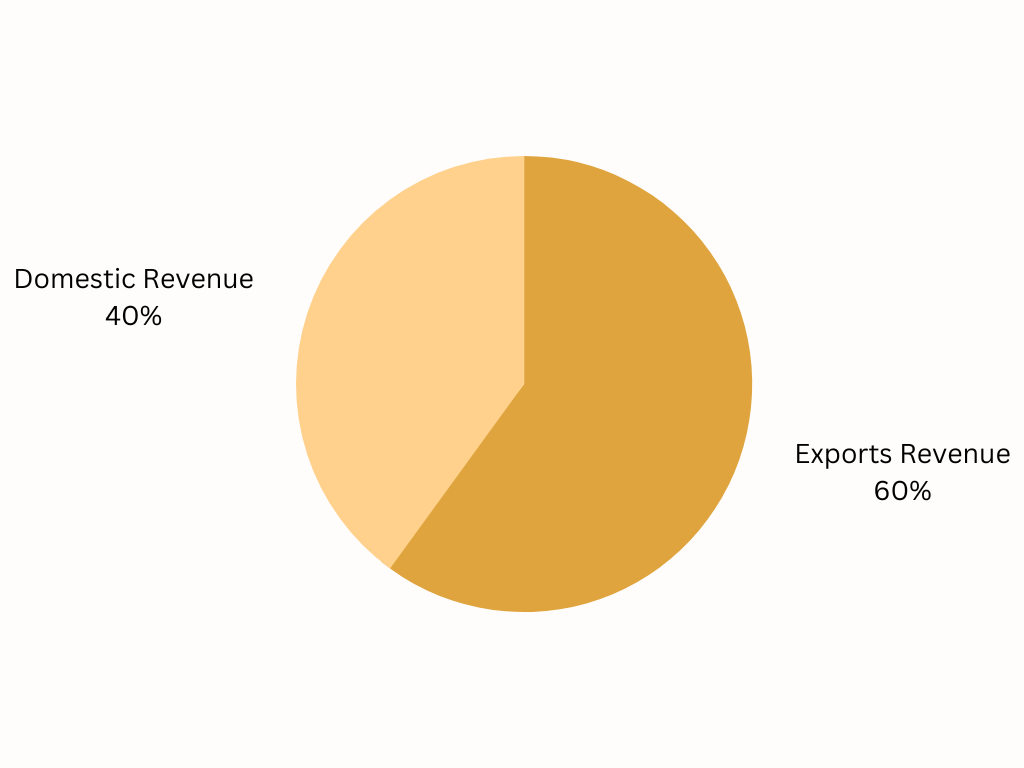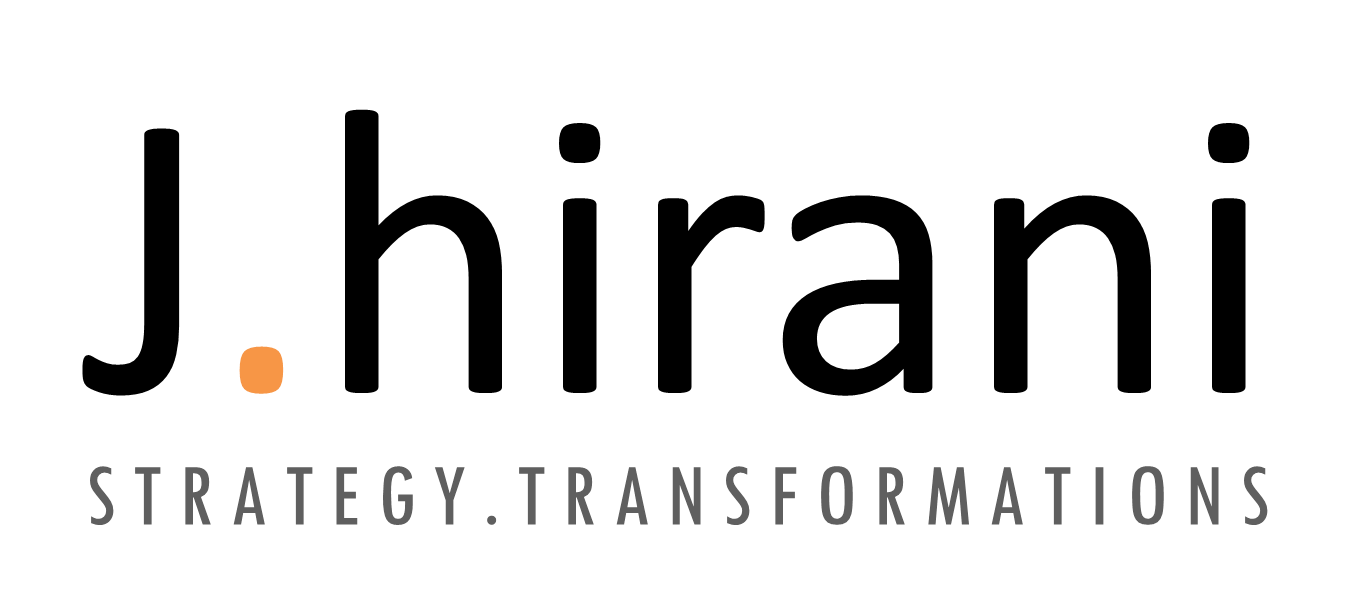Home Textiles includes products used for aesthetic as well as non- aesthetic purposes within the home. Aesthetic products give a personalized touch to the home whereas technical (non-aesthetic) home textile products, provide solutions to problems within a home. Example carpeting, structured fittings, filter products etc.
The Aesthetic Home Textiles market covers product such as Bed Linen, Bath Linen, Kitchen Linen, Upholstery and Floor Covering.


(Data source: indiantextilejournal.com)
The global home textiles market stood at 125.58 billion USD in 2022. It is expected to grow at 5.6% CAGR and reach 174.14 billion USD by 2028. The biggest consumer of home textiles is the US.(Source:precedenceresearch.com)
The Indian home textiles market stood at 8.74 billion USD in 2022. Out of this, the revenues from exports stood at 4.8 billion USD. It is expected to show growth of 9.84% CAGR to reach 13.98 billion USD market size by the year 2028. India accounts for about 7% of global home textiles trade. Major hubs in India for home textiles are Delhi, Panipat, Mumbai, Bangaluru, Karur, Chennai.
Global trends and outlook
Lifestyle trends
With growing population working and studying from home the demands for making the home look nicer and elegant is increasing. The spending power of the customer is rising globally together with rise in living standards further raising demand for aesthetic products. The rise in property segment and number of new home buyers is also acting as a catalyst to increasing demand for home textile products.
Online trend
Ecommerce is on the upswing, majorly post pandemic. It is offering significant opportunity for niche, low cost as well as luxury products. The producers are able to cater to a larger base of customer thereby expanding their outreach and sales. The customer is being offered ease through online purchase and doorstep deliveries as well as returns enabling higher purchases than usual.
However, quality check and returns do pose a challenge for sales through online channel. Marketing the product online to build trust and knowledge for the customer is imperative to navigate through these challenges.
Eco friendly products
The textile industry is responsible for a significant amount of CO2 emissions. Apparel and footwear generate 10% of global carbon emissions. Out of total industrial wastewater pollution, 20% is contributed by textiles.
Major textile producing countries – India, China and Bangladesh rely on coal. Use of synthetic fibres is also leading to much higher CO2 emissions vs cotton. With awareness spread amongst young customers; environmentally friendly products and recycling options are replacing consumer choices.
Many brands have taken on the challenge in India and globally providing the conscious customer of today with sustainable choices using “next-gen” materials that are non-plastic, non-synthetic and vegan.
Indian outlook
The bed linen market is showing significant growth in India. Due to the availability of cotton as its raw material, this category is showing an upward rise in demand as well as supplies.
As per CRISIL, about 65% of sector’s revenue comes from four large players in India. The Bedsheet or Drapery segment accounts to 48% of total home textile exports. About 55% of total bedsheet production is exported to US (2.65 billion USD in revenues), followed by 25% to EU and then other nations.
There is a bright opportunity for growth in domestic market as well as international market by keeping up with export trends and building eco sustainable machines and products within the country.
Our Experience
Our team has helped clients in the home textile industry by strategizing launch, growth and expansion strategies. We have helped our client in Blinds business, understand the Indian and overseas market demand and preference of the product. With this knowledge, we were able to project demands for the product in not only offices but also determine a growing demand of the product for homes.
We also have experience launching B2C home furnishing brand in Gujarat. Our skilled team helped devise the right product placement and launch strategy to tap into the market.
With the changing landscape of retail scenario in the industry, we dived deep to understand how the entire ecosystem is changing and adapting to new trends. With this, we were able to revamp the sales strategies on activities which were important to each individual stakeholder in the value chain. We helped realign sales team focus on the right customer segment and help our retail partners be more empowered by using their locations as display and promotion centres.
We were able to successfully tap into the efficiencies by streamlining operations and distributions to cater to the functional demands of sales team and retailers.



